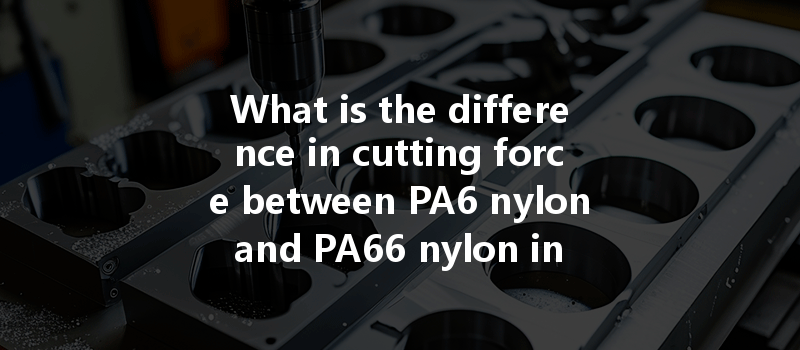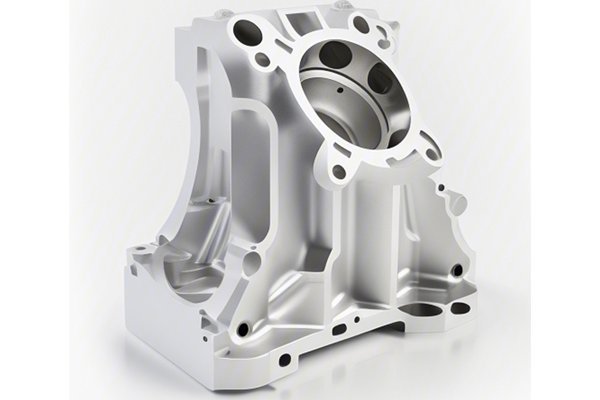*
The CNC machining industry has witnessed profound advancements in materials and technologies. Among the materials used in manufacturing, engineering plastics like nylon have become increasingly popular due to their desirable mechanical properties and versatility. Two prominent types of nylon used in CNC turning are PA6 (Polyamide 6) and PA66 (Polyamide 66). This article delves deeply into the differences in cutting force between these two types of nylon, providing insights into their properties, applications, and the implications for machining processes. Understanding these differences not only enhances machining efficiency but also optimizes product quality, an essential aspect for companies like YL Machining.
—
Overview of Nylon Plastics
Nylons are synthetic polymers known for their strength, lightweight characteristics, and resistance to wear, chemicals, and fatigue. With a wide range of applications, they are frequently used in automotive, aerospace, and consumer goods industries. Polyamide 6 and Polyamide 66 represent two popular variants in the nylon family, each possessing unique characteristics that make them suitable for specific applications.
PA6 (Polyamide 6)
PA6 is created through a polymerization process that involves caprolactam, making it relatively simpler to produce than PA
PA66 (Polyamide 66)
In contrast, PA66 is produced from hexamethylene diamine and adipic acid. This nylon variant exhibits higher tensile strength, rigidity, and heat resistance than PA
Both materials have distinct advantages, but understanding their differences in cutting force during CNC turning is critical for manufacturers.
—
Understanding Cutting Force in CNC Turning
Cutting force is one of the fundamental factors in CNC machining. It comprises several components, including axial force, radial force, and cutting speed, which collectively determine the energy needed to cut a material during machining operations. In the context of CNC turning, cutting force plays a critical role in:
Understanding the cutting force characteristics of PA6 and PA66 is essential for optimizing machining processes.
—
PA6 vs. PA66: Mechanics of Cutting Forces
Comparing Material Properties
The cutting force during CNC turning is influenced by several material-specific factors such as hardness, density, and thermal conductivity. Here’s a closer look at how PA6 and PA66 compare in these areas:

Cutting Force Measurement
Research indicates that cutting force can be measured using various methodologies, including strain gauges, dynamometers, and load cells. Studies have shown that when machining PA6, the cutting forces recorded are generally lower compared to PA66 under similar parameters. Specifically, factors contributing to these differences include:
Example Data
A study conducted in a machining lab indicated that cutting forces in CNC turning could differ significantly. For instance, turning PA6 yielded an average cutting force of approximately 100 N, while PA66 resulted in an average cutting force of about 120 N under the same conditions, demonstrating a notable difference due to PA66’s higher hardness and toughness.
—
Implications for CNC Machining
Tool Selection and Longevity
The increased cutting force associated with PA66 implies that manufacturers must be cautious in tool selection. Notably, tools with higher wear resistance, such as carbide or ceramic, are recommended when machining PA66 due to its abrasive nature. In contrast, standard high-speed steel tools may suffice for PA6, resulting in lower operational costs.
Optimization of Machining Parameters
To mitigate the increased cutting force in PA66, manufacturers can optimize machining parameters by adjusting the feed rate, spindle speed, and depth of cut. A lower feed rate and reduced depth of cut can help to minimize cutting forces, while increasing spindle speed can reduce the energy required for cutting.
Heat Management
Due to PA66’s lower thermal conductivity, effective heat management strategies must be implemented during CNC turning. Coolants and lubricants play a significant role in dissipating heat generated during cutting, and selecting the right type can extend tool life and improve machining conditions.
—
Understanding the differences in cutting force between PA6 nylon and PA66 nylon is crucial for optimizing CNC turning processes. While both materials offer unique advantages, their mechanical properties yield significant differences in cutting behavior. For companies like YL Machining, selecting the appropriate materials and adjusting machining parameters not only enhances productivity but also maintains product quality.
Being equipped with knowledge about the cutting forces involved allows manufacturers to make informed decisions on tool selection, heat management, and general machining practices. As the CNC machining industry continues to evolve, leveraging such insights will be essential for sustained competitiveness and innovation in manufacturing processes.
References:*
By grasping these concepts, manufacturers can not only improve their machining processes but also ensure the longevity and reliability of their finished products, driving further advancements in the field.






